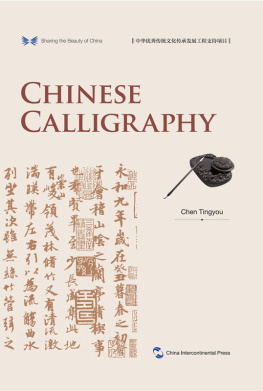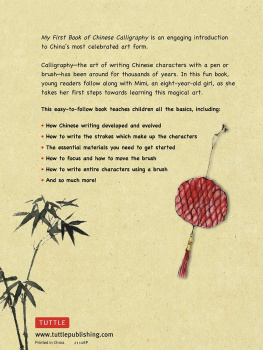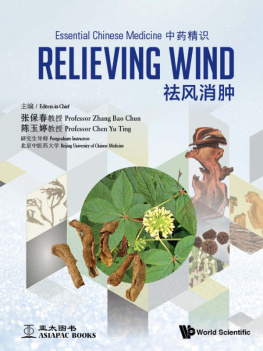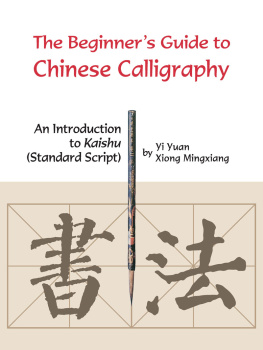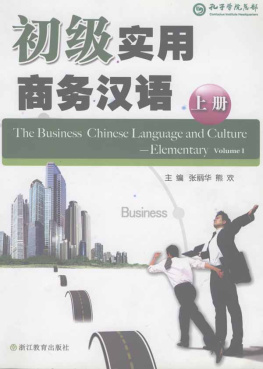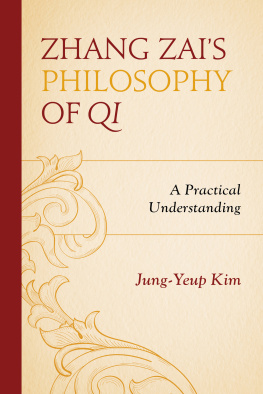Zhang Gongzhe [张公者] - Contemporary Chinese Calligraphy [当代中国书法]
Here you can read online Zhang Gongzhe [张公者] - Contemporary Chinese Calligraphy [当代中国书法] full text of the book (entire story) in english for free. Download pdf and epub, get meaning, cover and reviews about this ebook. year: 2013, publisher: China Intercontinental Press [五洲传播出版社], genre: Non-fiction. Description of the work, (preface) as well as reviews are available. Best literature library LitArk.com created for fans of good reading and offers a wide selection of genres:
Romance novel
Science fiction
Adventure
Detective
Science
History
Home and family
Prose
Art
Politics
Computer
Non-fiction
Religion
Business
Children
Humor
Choose a favorite category and find really read worthwhile books. Enjoy immersion in the world of imagination, feel the emotions of the characters or learn something new for yourself, make an fascinating discovery.
- Book:Contemporary Chinese Calligraphy [当代中国书法]
- Author:
- Publisher:China Intercontinental Press [五洲传播出版社]
- Genre:
- Year:2013
- Rating:5 / 5
- Favourites:Add to favourites
- Your mark:
- 100
- 1
- 2
- 3
- 4
- 5
Contemporary Chinese Calligraphy [当代中国书法]: summary, description and annotation
We offer to read an annotation, description, summary or preface (depends on what the author of the book "Contemporary Chinese Calligraphy [当代中国书法]" wrote himself). If you haven't found the necessary information about the book — write in the comments, we will try to find it.
Zhang Gongzhe [张公者]: author's other books
Who wrote Contemporary Chinese Calligraphy [当代中国书法]? Find out the surname, the name of the author of the book and a list of all author's works by series.
Contemporary Chinese Calligraphy [当代中国书法] — read online for free the complete book (whole text) full work
Below is the text of the book, divided by pages. System saving the place of the last page read, allows you to conveniently read the book "Contemporary Chinese Calligraphy [当代中国书法]" online for free, without having to search again every time where you left off. Put a bookmark, and you can go to the page where you finished reading at any time.
Font size:
Interval:
Bookmark:

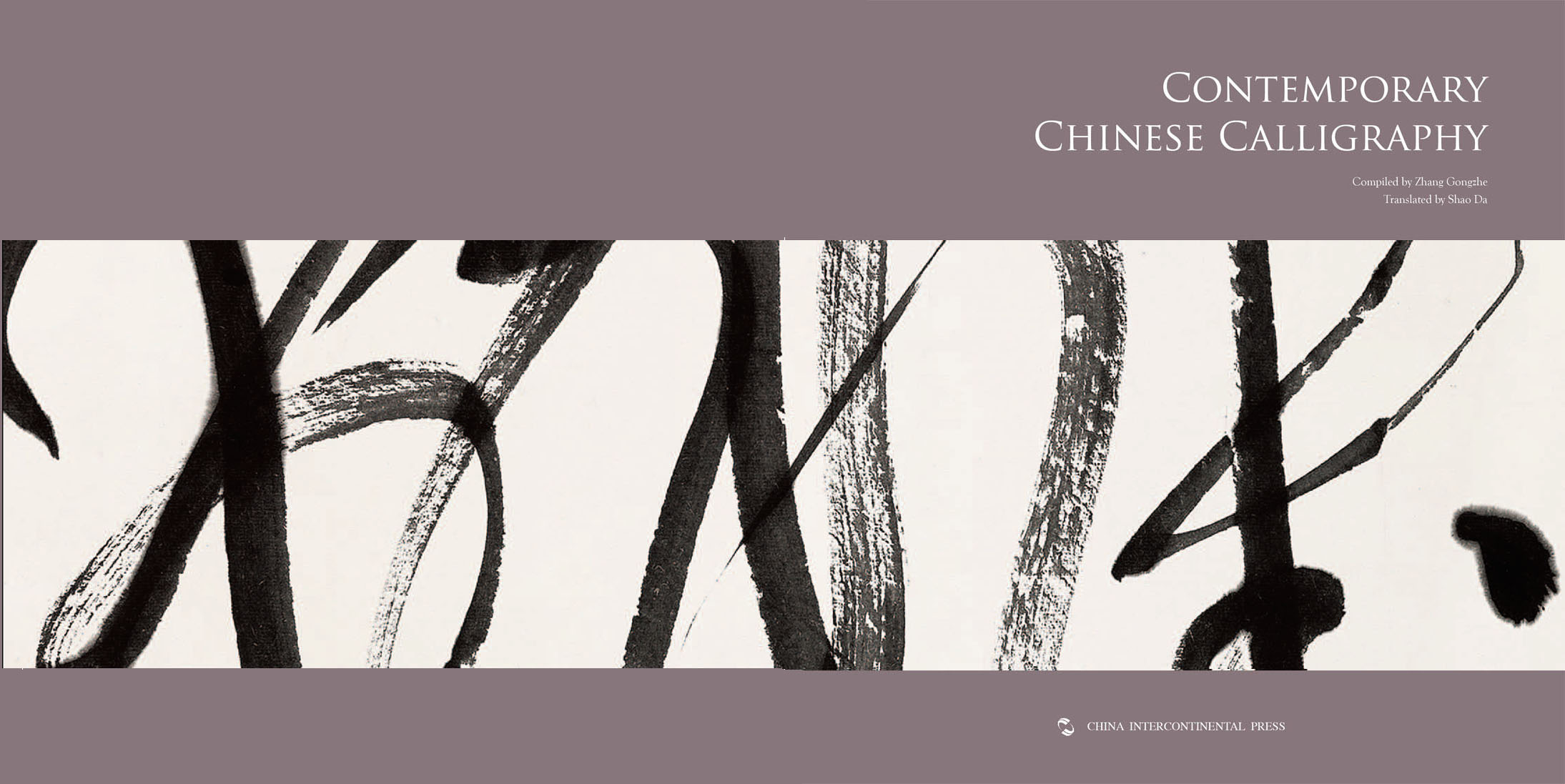
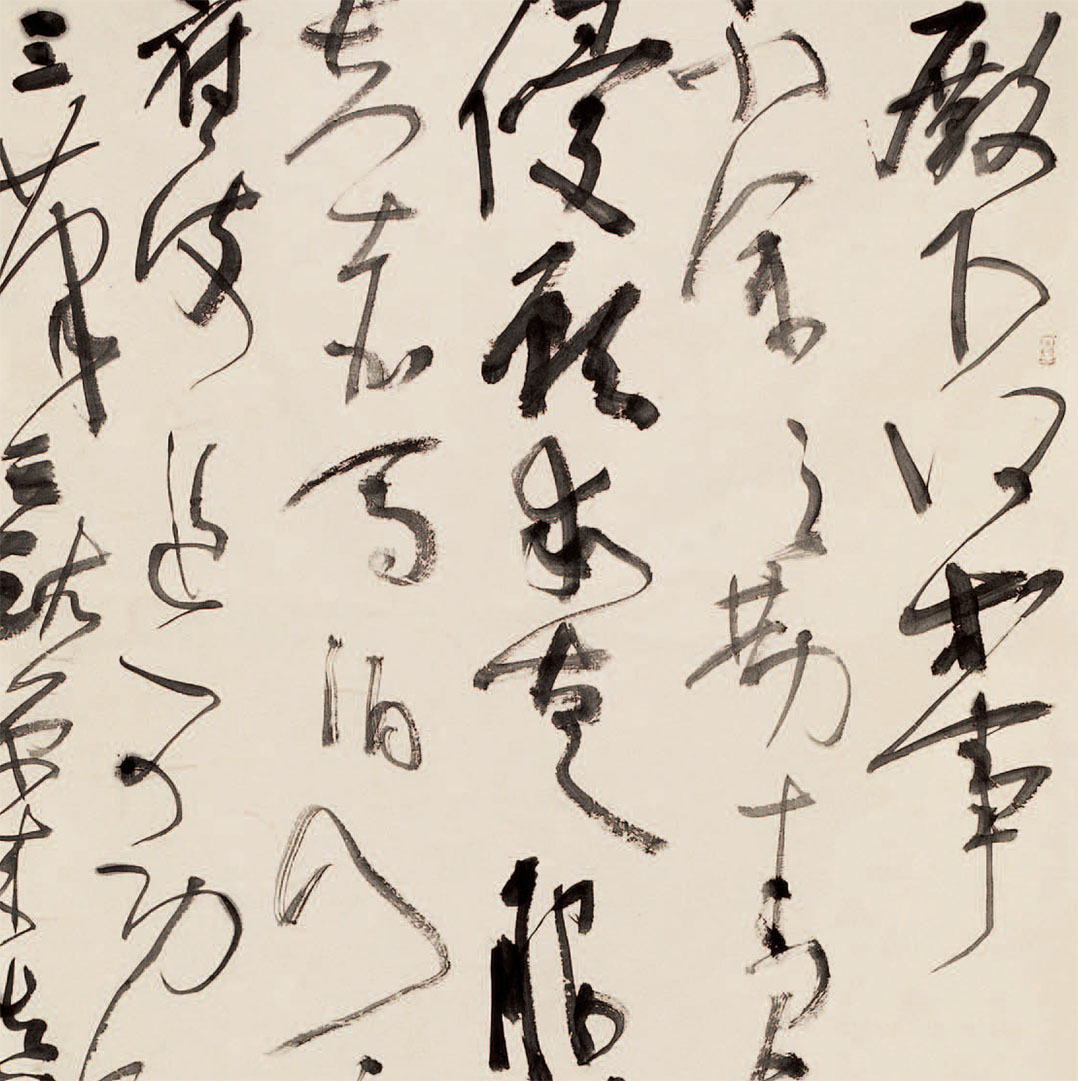
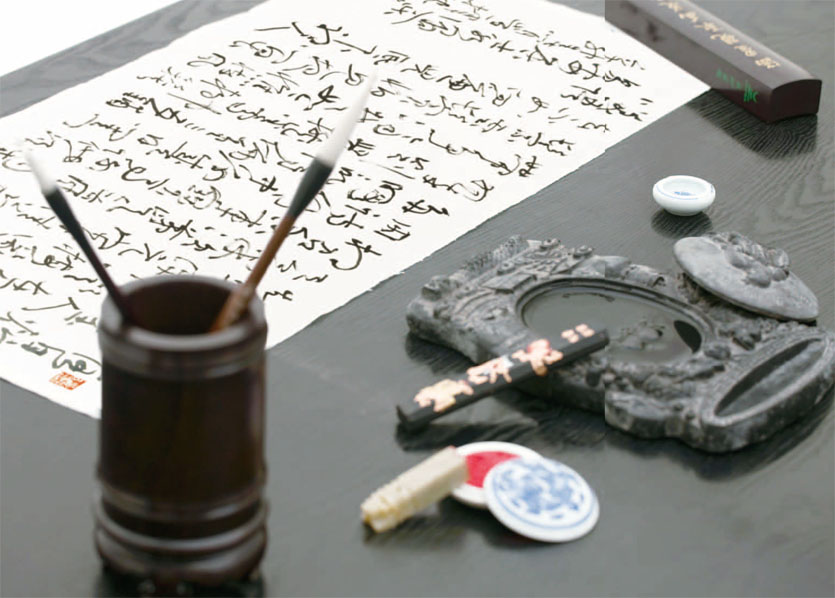
The four treasures of the study: writing brush, inkstick, inkslab and paper.
A Survey of Contemporary Chinese Calligraphy
The Chinese Calligraphers Association (CCA) was set up in May 1981, marking the beginning of a new historical period in the development of Chinese calligraphy. Hence this book mainly deals with the art of penmanship since the 1980's.
During the past 30 years or so, Chinese calligraphers have achieved good results, but they have met many problems and challenges as well. Nevertheless, research workers seem to be unprepared for the new situation, reflecting that theory is divorced from practice to some extent in this field. We must admit that, firstly, it's very hard for researchers to stand aloof and take a completely objective view of the new trend in calligraphic creation; secondly, numerous and jumbled data make theoretical study even more difficult.
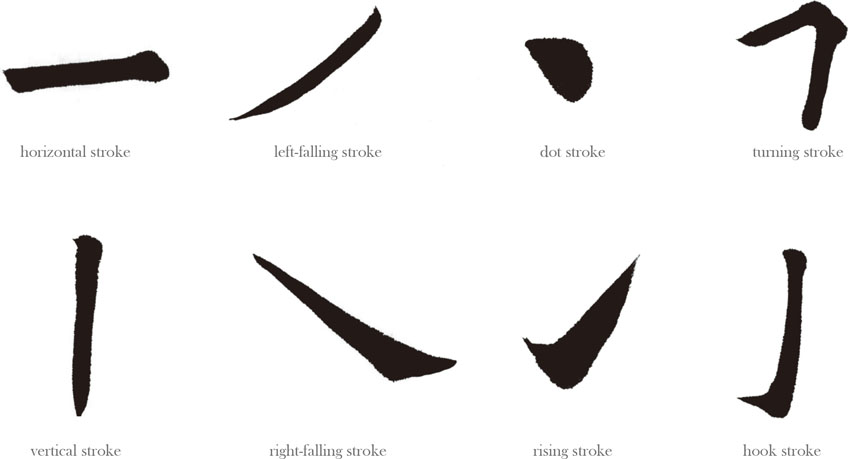
Basic Strokes of a Chinese Character
The following discussion will centre on two topics, namely, the position of contemporary calligraphy in the long history of Chinese penmanship, and the primary characteristics manifested in calligraphic practice over the past 30 years.
Chinese penmanship, literally "the way of writing," is an art form of writing Chinese characters beautifully with ink and brush on paper to create visual effects and thus inspire an aesthetic feeling. According to legend, Chinese characters were invented by Cang Jie, a historiographer during the reign of the Yellow Emperor. However, to be exact, the origins of Chinese characters can be traced back to the late Shang Dynasty around 3,000 years ago when inscriptions were habitually carved on tortoise shells or animal bones for the purpose of divining or keeping records(known as "oracle bone inscriptions" or jiaguwen in Chinese). Several forms of script that were contemporary with Chinese characters or even earlier had long been consigned to oblivion, but the square-shaped Chinese characters are still in wide use today. Typically, a Chinese character is made up of three elements, namely, form, meaning and sound; special studies on these elements had separately led to the emergence of calligraphy, scholium and phonology.
In general, Chinese characters consist of eight basic strokesthe horizontal, vertical, rising, left-falling, right-falling, turning, dot and hook strokes, and each character has quite different structure, which offers many potential possibilities for the way of writing. As an art form, Chinese calligraphy relies heavily on its unique writing toolsthe brush, inkstick, inkslab and paper, which are commonly called "the four treasures of the study."
The writing brush made from bamboo or wood as its shaft and animal hair (like rabbit, goat or weasel's) as its tip boasts a history of over 2,000 years. It can make various strokes in calligraphy, thus graphically reflecting the writer's changing feelings. The inkstick mainly made of soot and animal glue has a long history as well. To prepare liquid ink for brush writing, an inkstick has to be rubbed with water continuously on an inkslab. In modern production of inksticks some ingredients like camphor, borneol and chemical aromatic are added to give off a delicate fragrance. The inkslab or inkstone is used as a stone mortar for the grinding of an inkstick and containment of liquid ink. Occasionally made from other materials like jade, iron, pottery or porcelain, the inkslab itself is a worth-collecting handicraft piece due to exquisite carving. The Xuan paper, a high quality rice paper good for calligraphy, is so named because it was originally produced in the well-known historical city of Xuancheng in southeastern Anhui Province. Usually with the bark of wingceltis (Pteroceltis tatarinowii) as raw material, the Xuan paper features a pliable and tough texture, fine and delicate grain, white and smooth surface, and great resistance to ageing, corrosion and moth-eating. Therefore, it's said that artistic works on such paper may have a lifetime of a thousand years.
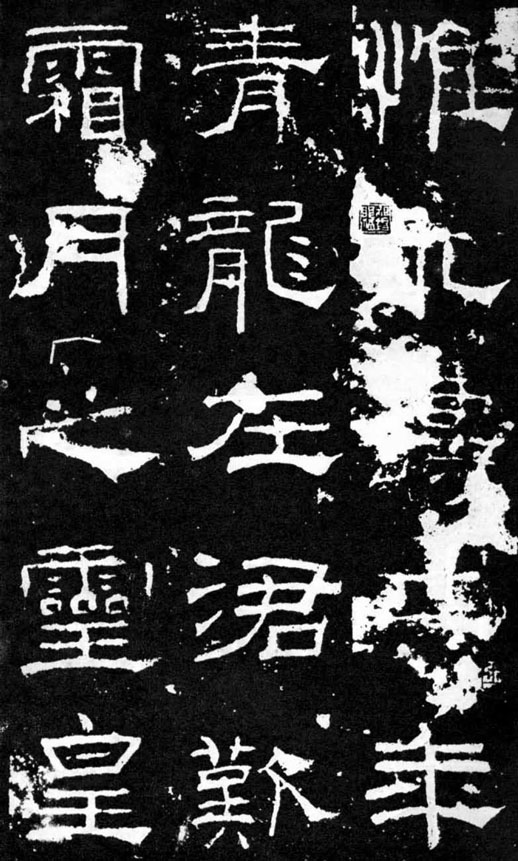
Sacrificial Vessel Stele (partial) of the Eastern Han, 1.5m high, 0.73m wide, engraved in official script, currently existing in the Confucian Temple in Qufu, Shandong Province
This stele was set up in the second year of Yongshou(156) in the Eastern Han Dynasty (25-220). The official script ( lishu ) is an ancient style of calligraphy current in the Han Dynasty, simplified from xiaozhuan which was adopted by the First Emperor of the Qin Dynasty for the purpose of standardizing the Chinese script.
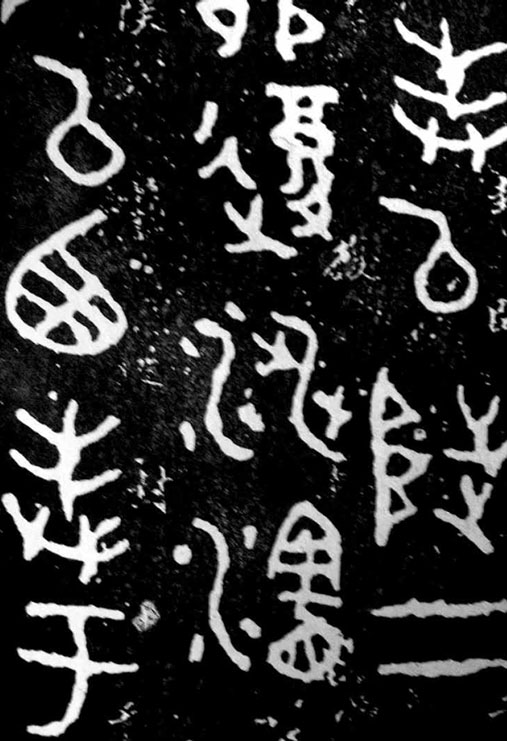
San Family Plate (partial) of Western Zhou , 20.6cm high, 54.6cm diameter, in the collection of the Palace Museum of Taipei
This bronze plate of the Western Zhou Dynasty (c. 1100-771 BC), allegedly unearthed from Fengxiang County of Shaanxi Province during the reign of Emperor Qianlong of the Qing Dynasty, has an inscription of a total 357 characters. In the Shang-Zhou period, inscriptions were typically engraved on bronze objects in the style of dazhuan (also called jinwen , the predecessor of xiaozhuan of the Qin Dynasty).
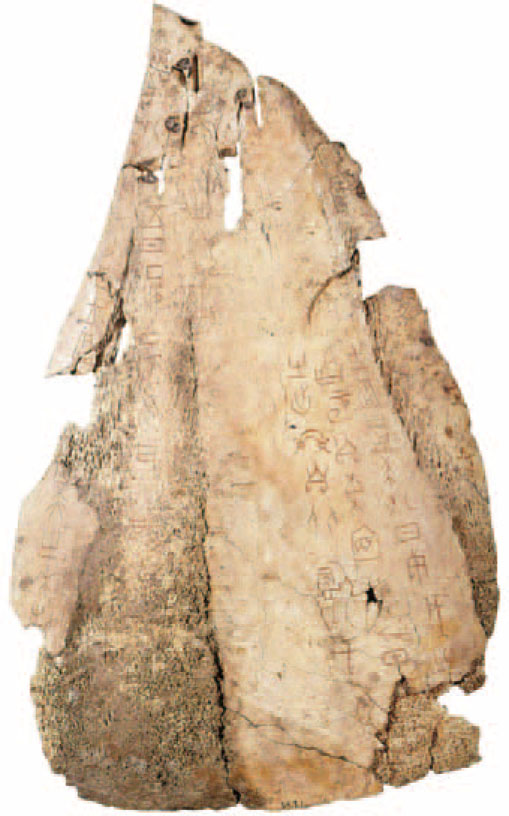
Jiaguwen
The earliest known Chinese script, the inscriptions carved on tortoise shells or animal bones (known as "oracle bone inscriptions" or jiaguwen in Chinese) of the Shang Dynasty (c. 1600-1100 BC) display a fully developed writing system. They were found in 1899 from the Yin ruins (ruins of the late Shang capital city near Xiaotun village, Anyang City, Henan Province; the later period of the Shang Dynasty was also called Yin, hence the name). The Shang royal family usually practiced divination by means of carved bones and tortoise shells. These ancient characters continued to be in use for some time even after the downfall of the dynasty.
Historically speaking, the development of Chinese calligraphy went through several stages. In the beginning period of pre-Qin (c. 2100-221 BC), jiaguwen carved on animal bones and jinwen (literally "bronze inscriptions") on bronze objectsoften jointly referred to as "greater seal script" or dazhuan in Chinesewere the current style of calligraphy. Such inscriptions retain the features of the primitive pictograph. Starting with the First Emperor of the Qin Dynasty (Ying Zheng by name, 259-210 BC) who unified China for the first time in history and took measures to standardize the script, dazhuan was simplified into xiaozhuan (lesser seal script) in the Qin (221-206 BC) and further simplified into lishu (official script) in the following Han Dynasty(206 BC-AD 220). Other forms of calligraphy like xingshu (running script), caoshu (cursive script) and kaishu (regular script) also appeared in the Qin-Han period, and characterized by vigorous strokes, they gradually evolved into the current style of the Sui-Tang period (581-907) when the country was powerful and prosperous. Literati penmanship became popular in the Song-Yuan period (960-1368), focusing on the expression of the writers' personal feelings and thus giving an entirely new complexion to Chinese calligraphy. During the Ming-Qing period (1368-1911), the art of calligraphy used the technique of ink and wash painting and seal cutting, and reached a new height.
Next pageFont size:
Interval:
Bookmark:
Similar books «Contemporary Chinese Calligraphy [当代中国书法]»
Look at similar books to Contemporary Chinese Calligraphy [当代中国书法]. We have selected literature similar in name and meaning in the hope of providing readers with more options to find new, interesting, not yet read works.
Discussion, reviews of the book Contemporary Chinese Calligraphy [当代中国书法] and just readers' own opinions. Leave your comments, write what you think about the work, its meaning or the main characters. Specify what exactly you liked and what you didn't like, and why you think so.

![Zhang Gongzhe [张公者] Contemporary Chinese Calligraphy [当代中国书法]](/uploads/posts/book/126572/thumbs/zhang-gongzhe-contemporary-chinese.jpg)
